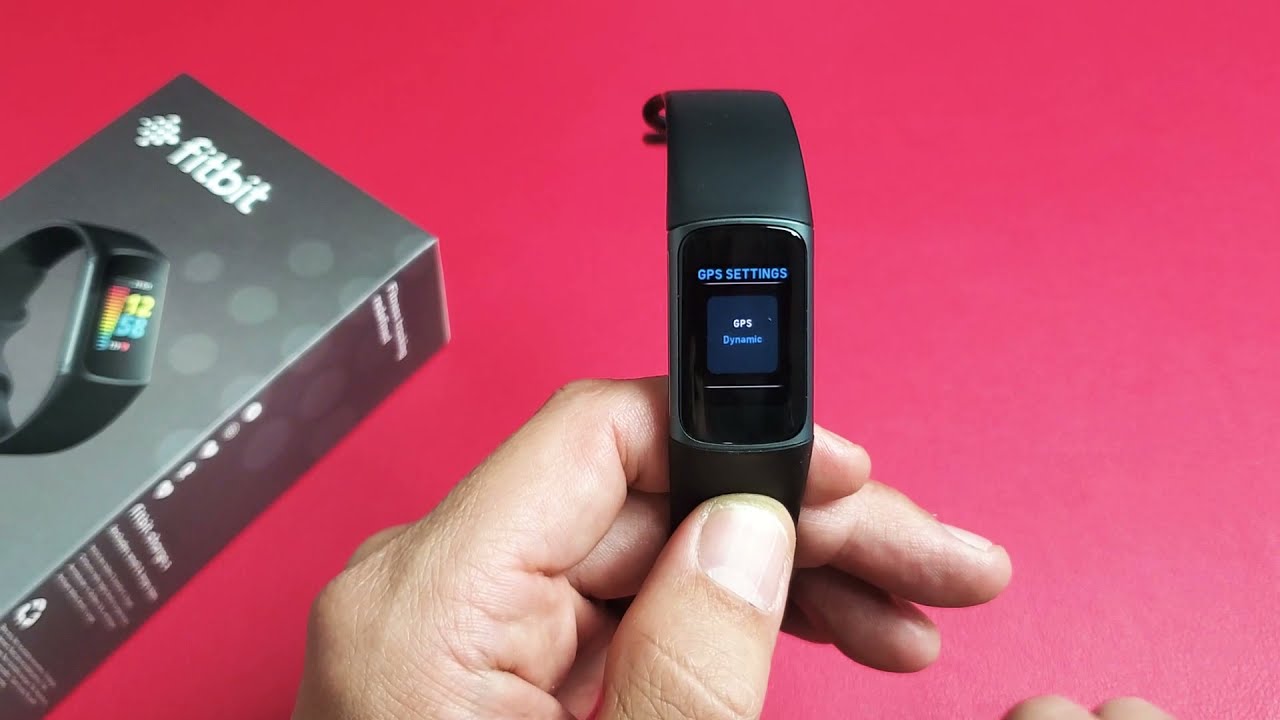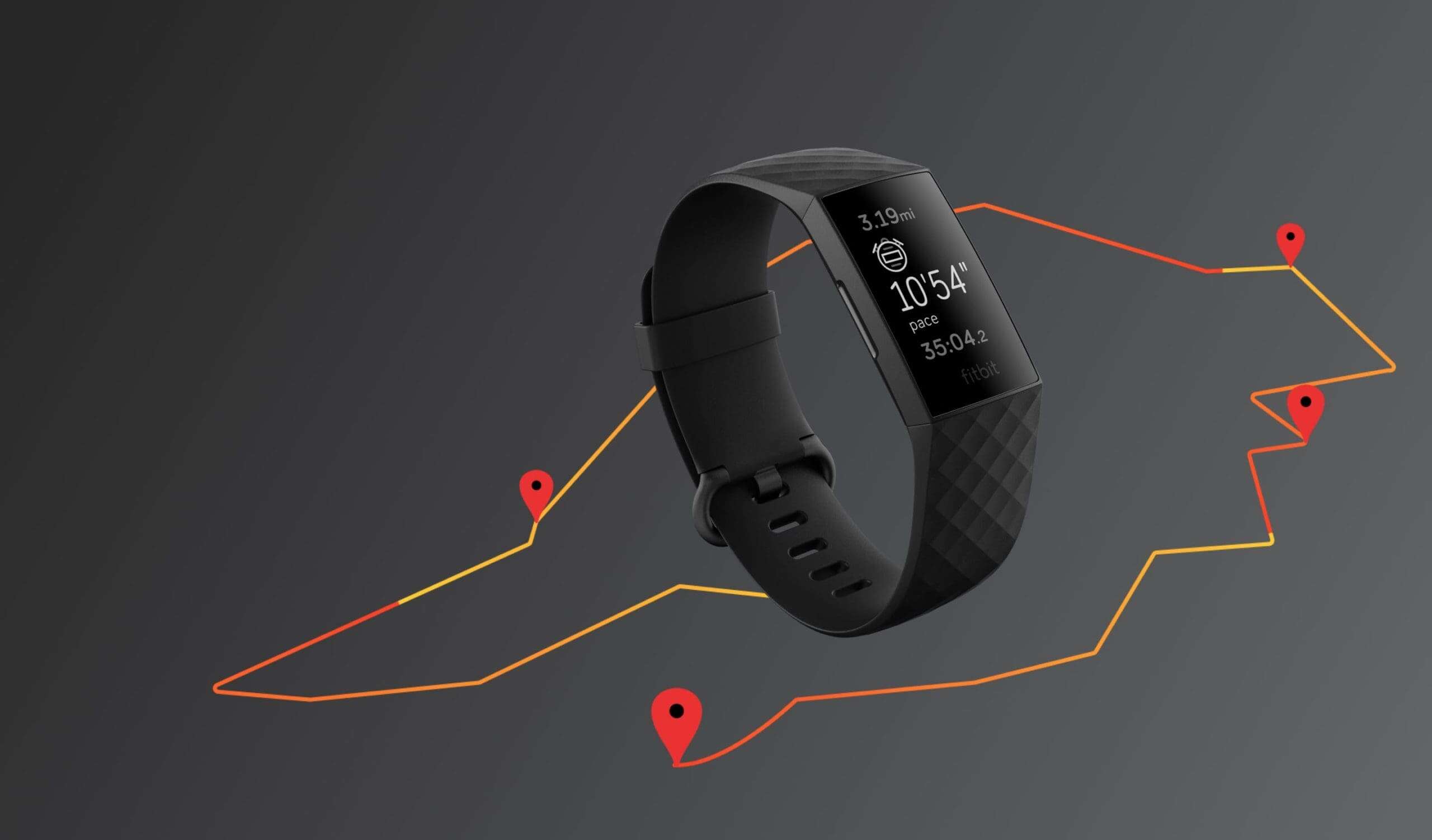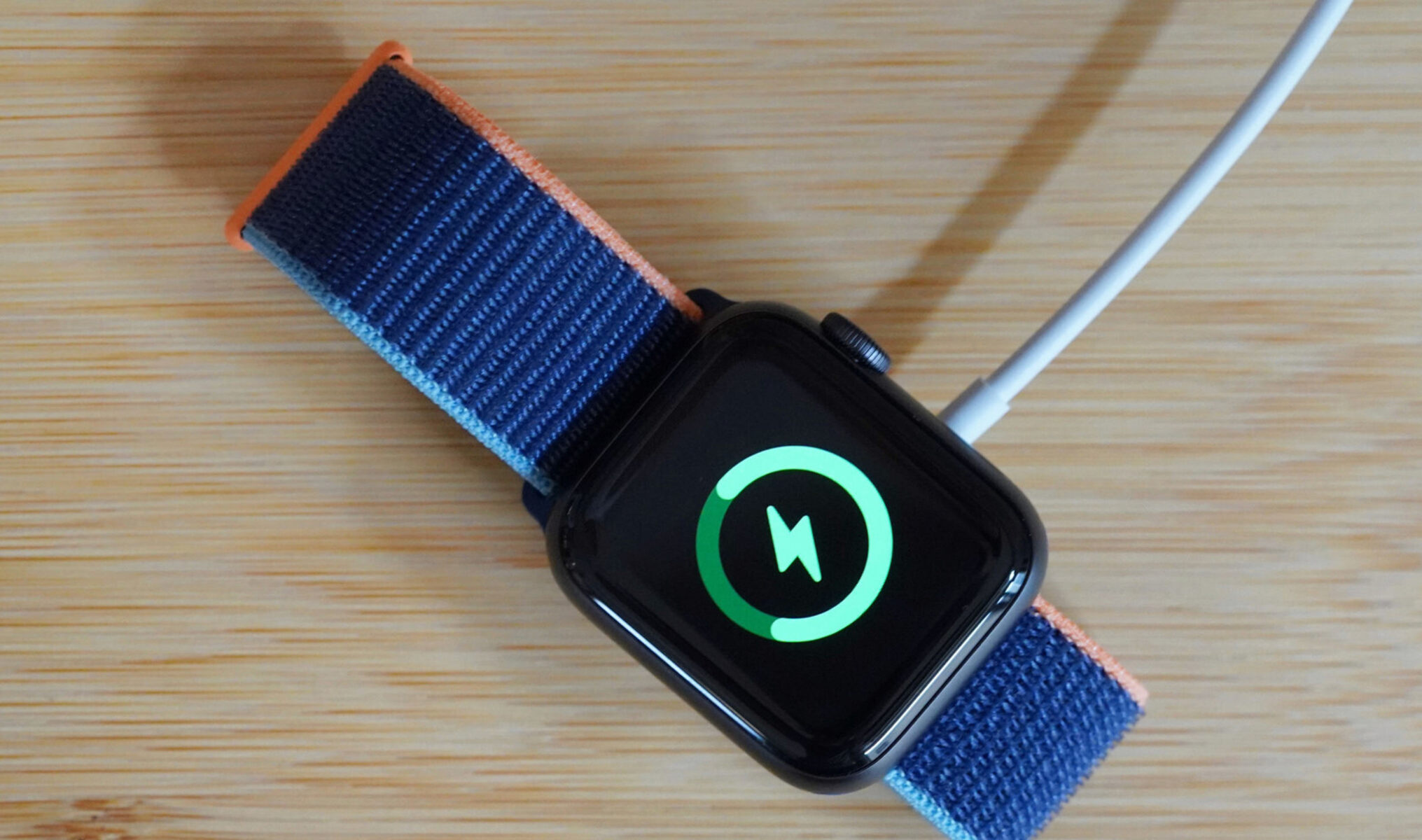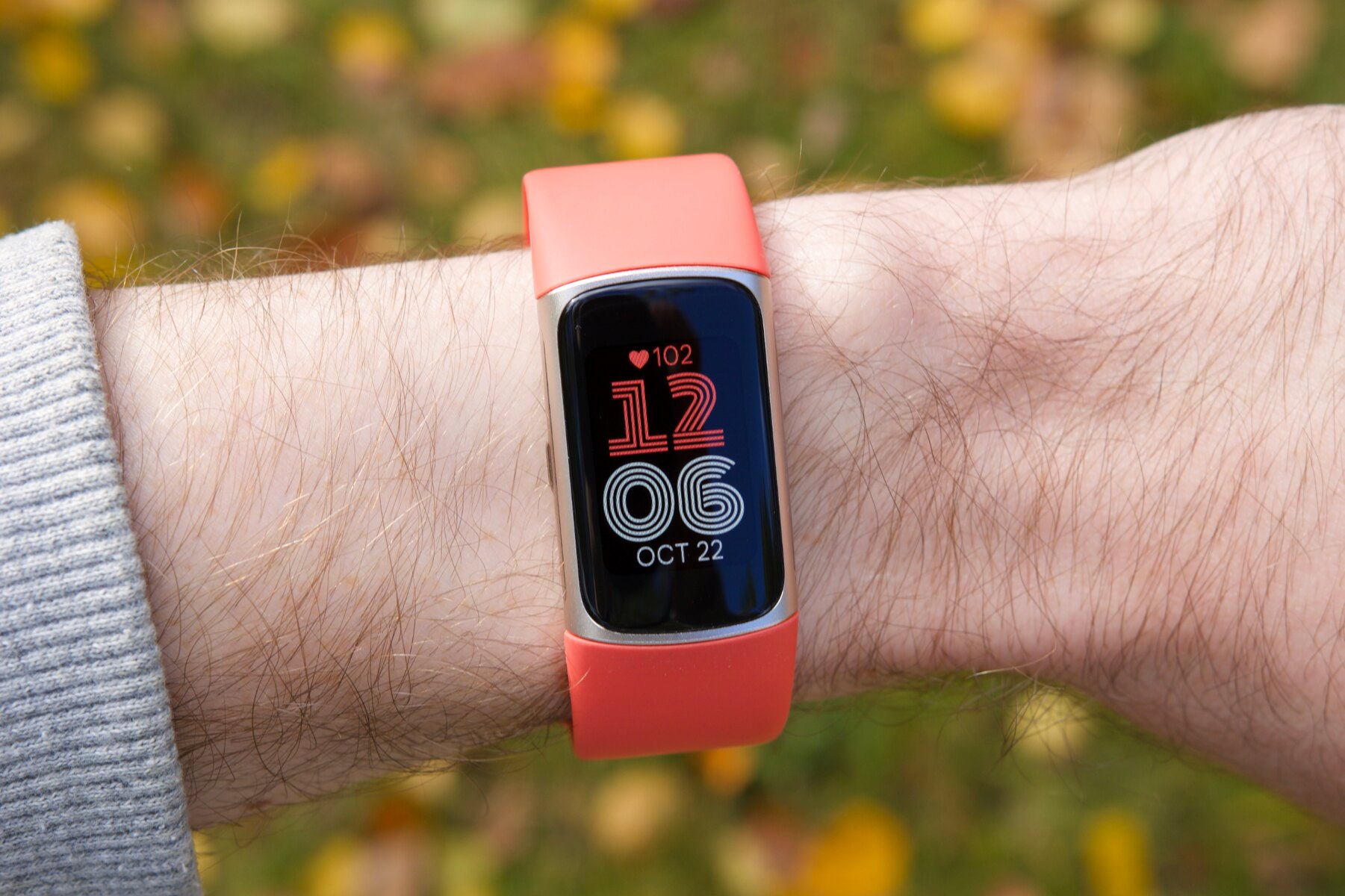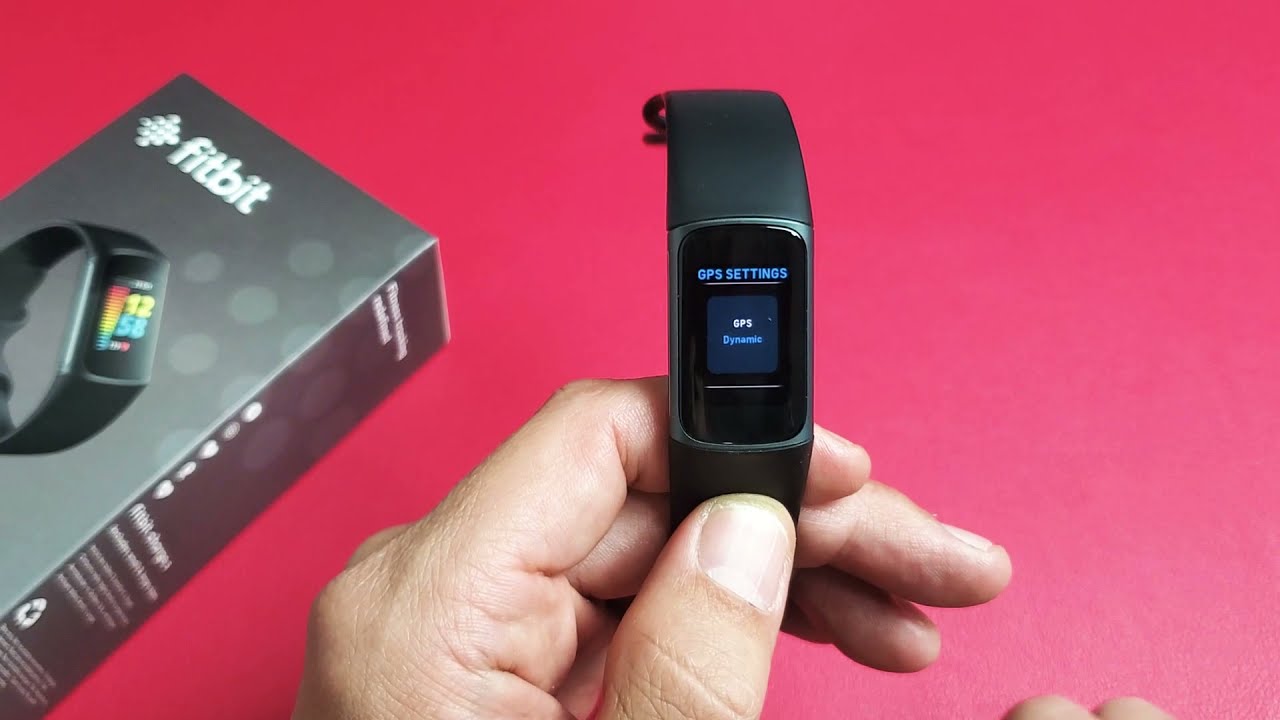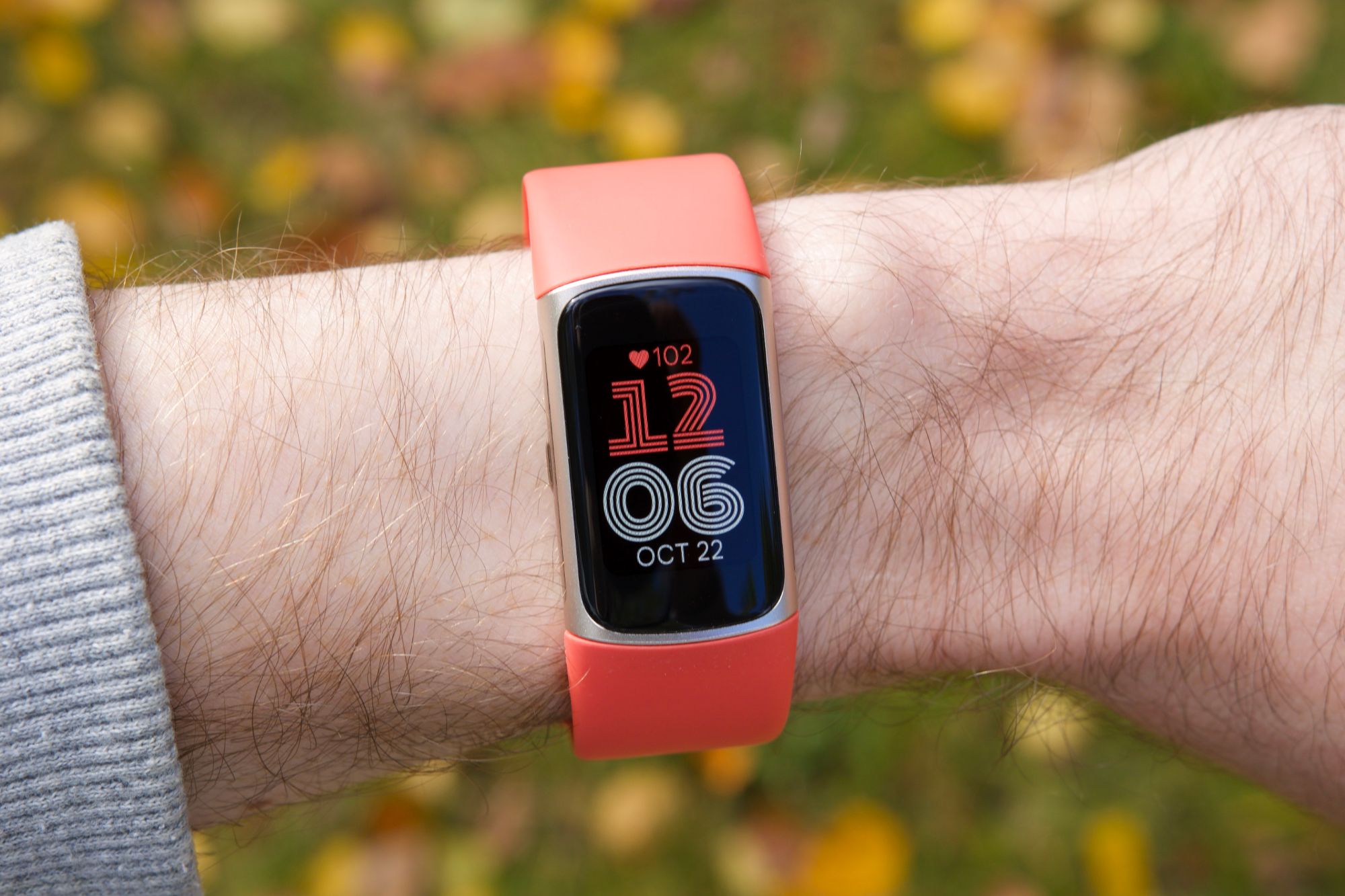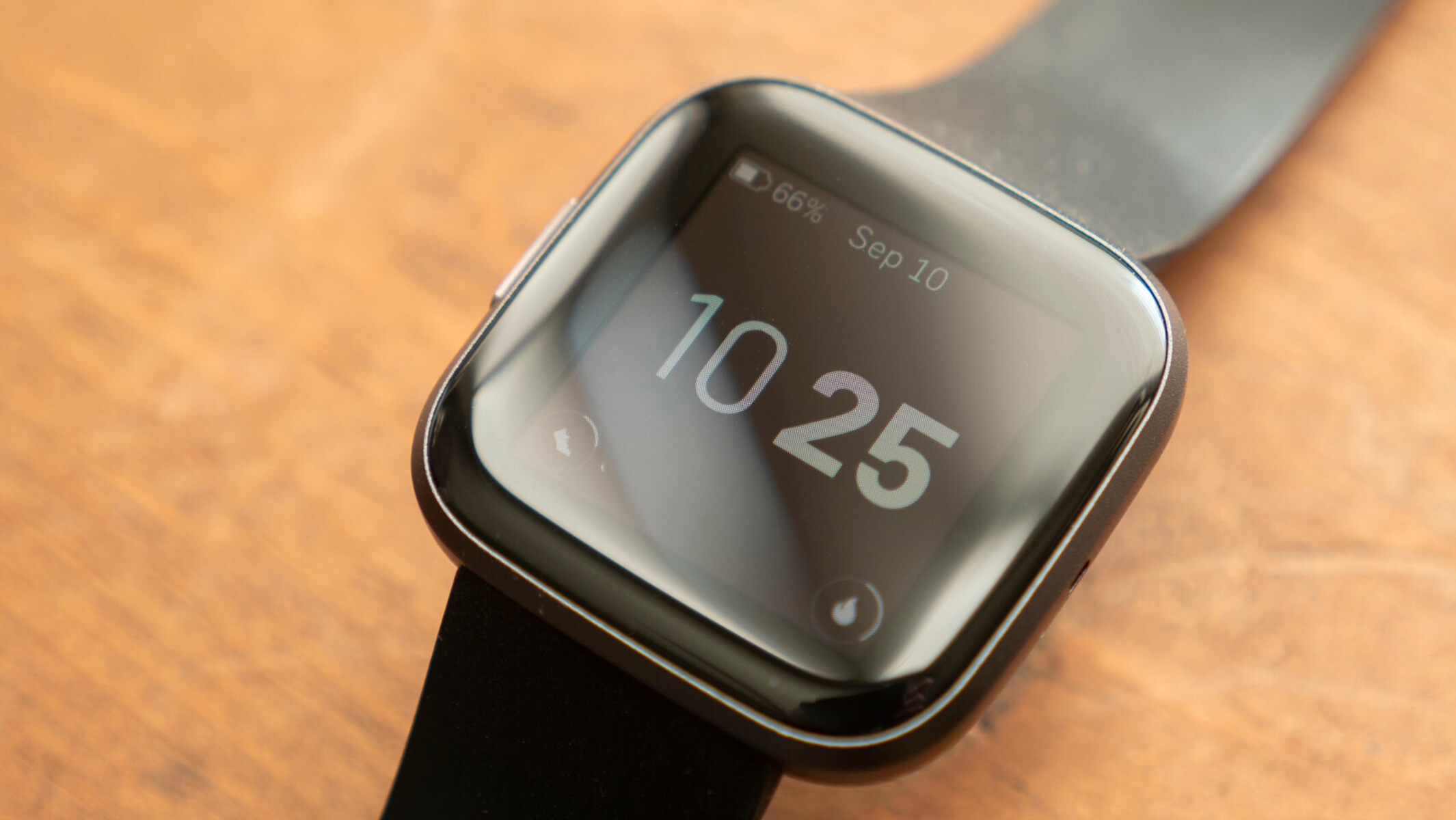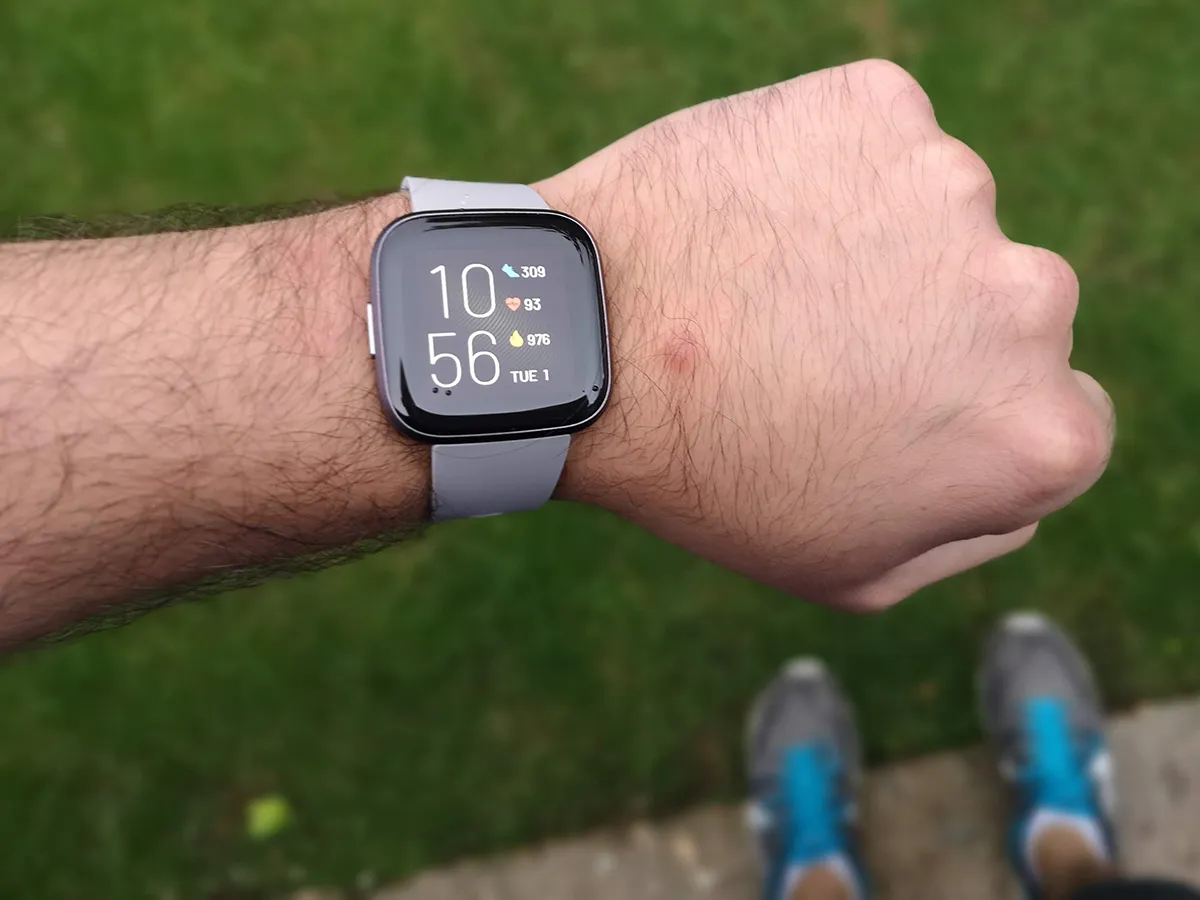Introduction
The Fitbit Charge 5 is a versatile fitness tracker that offers a wide array of features to help users monitor their health and fitness goals. One of its standout functionalities is the built-in GPS, which allows for accurate tracking of outdoor activities such as running, cycling, and hiking. While GPS can be immensely beneficial for mapping routes and analyzing performance metrics, there are instances when users may prefer to deactivate this feature. Whether it's to conserve battery life or to maintain privacy, knowing how to turn off GPS on the Fitbit Charge 5 can be advantageous.
In this comprehensive guide, we will delve into the reasons for deactivating GPS on the Fitbit Charge 5, the step-by-step process to achieve this, and valuable tips for preserving battery life without sacrificing the device's functionality. By the end of this article, you will have a clear understanding of how to manage the GPS settings on your Fitbit Charge 5 to suit your specific needs and preferences. Let's embark on this insightful journey to unravel the intricacies of GPS deactivation on the Fitbit Charge 5.
Why Turn Off GPS on Fitbit Charge 5?
The Fitbit Charge 5 is designed to be a versatile companion for fitness enthusiasts, offering an impressive array of features to support an active lifestyle. Among its capabilities, the built-in GPS stands out as a powerful tool for accurately tracking outdoor activities, providing users with detailed insights into their performance and routes. However, there are several compelling reasons why individuals may choose to deactivate the GPS functionality on their Fitbit Charge 5.
1. Battery Preservation
GPS activation significantly impacts the battery life of the Fitbit Charge 5. When enabled, the GPS continuously tracks location data, leading to a more rapid depletion of the device's battery. For users who prioritize prolonged usage without the need for frequent recharging, turning off the GPS can be an effective strategy to extend the device's battery life.
2. Privacy Concerns
In today's digital age, privacy has become a paramount concern for many individuals. With GPS enabled, the Fitbit Charge 5 constantly logs location data, which may raise privacy apprehensions among users. By deactivating the GPS, individuals can mitigate potential privacy risks associated with the continuous tracking of their whereabouts.
3. Indoor Workouts
While GPS is indispensable for outdoor activities, it may not be necessary for indoor workouts or activities. When engaging in exercises within confined spaces, such as gym workouts or indoor cycling, GPS tracking becomes redundant. By turning off GPS, users can conserve battery and streamline their device's functionality to align with their workout environment.
4. Enhanced Battery Efficiency
In addition to preserving battery life, deactivating the GPS on the Fitbit Charge 5 can contribute to the device's overall energy efficiency. This optimization can lead to a more seamless and uninterrupted user experience, as the device operates with reduced power consumption, thereby minimizing the need for frequent recharging.
5. Customized Usage
Every user's preferences and requirements are unique. Some individuals may simply prefer to have greater control over the functionalities of their fitness tracker. By offering the option to turn off GPS, the Fitbit Charge 5 empowers users to customize their device to suit their specific needs, whether for conserving battery, maintaining privacy, or aligning with indoor workout routines.
In light of these compelling reasons, the ability to deactivate GPS on the Fitbit Charge 5 provides users with greater flexibility and control over their device's performance and functionality. Whether it's for extending battery life, addressing privacy concerns, or customizing usage, the option to turn off GPS equips users with the autonomy to optimize their Fitbit Charge 5 according to their individual preferences and lifestyle requirements.
How to Deactivate GPS on Fitbit Charge 5
Deactivating the GPS feature on your Fitbit Charge 5 is a straightforward process that can be accomplished with just a few simple steps. By turning off GPS, you can effectively conserve battery life, address privacy concerns, and customize the functionality of your device to align with your specific needs and preferences. Here's a detailed guide on how to deactivate GPS on your Fitbit Charge 5:
-
Access the Fitbit App: Begin by opening the Fitbit app on your smartphone or mobile device. Ensure that your Fitbit Charge 5 is synced and connected to the app for seamless communication between the device and your phone.
-
Navigate to the Device Settings: Once the app is open, navigate to the "Account" tab, followed by "Set Up a Device" or "My Devices." Locate and select your Fitbit Charge 5 from the list of connected devices to access its settings and preferences.
-
Select the GPS Settings: Within the device settings, look for the "GPS" or "Location Services" option. This is where you can manage the GPS functionality of your Fitbit Charge 5.
-
Toggle Off the GPS Feature: Upon locating the GPS settings, you will typically find a toggle switch that allows you to turn off the GPS feature. Simply switch the toggle to the "Off" position to deactivate GPS tracking on your Fitbit Charge 5.
-
Confirm Deactivation: After toggling off the GPS feature, your Fitbit Charge 5 will prompt you to confirm the deactivation of GPS. Follow the on-screen instructions to confirm your selection and disable GPS tracking on the device.
-
Verify Settings: Once the GPS feature has been deactivated, it's advisable to verify the settings on your Fitbit Charge 5 to ensure that GPS tracking is indeed turned off. You can do this by accessing the device settings on the Fitbit app and reviewing the GPS status to confirm the deactivation.
By following these simple steps, you can effectively deactivate the GPS feature on your Fitbit Charge 5, providing you with greater control over the device's functionality and optimizing its performance to suit your specific requirements. Whether it's for extending battery life, addressing privacy concerns, or customizing usage, the ability to turn off GPS empowers you to tailor your Fitbit Charge 5 according to your individual preferences and lifestyle needs.
Tips for Preserving Battery Life
Preserving the battery life of your Fitbit Charge 5 is a crucial aspect of ensuring uninterrupted usage and prolonged functionality. While the device offers a multitude of features designed to enhance your fitness tracking experience, optimizing its battery performance can significantly impact your overall satisfaction with the device. Here are some valuable tips to help you preserve the battery life of your Fitbit Charge 5:
1. Manage GPS Activation
Given that GPS activation notably impacts the battery life of the Fitbit Charge 5, it's prudent to selectively enable GPS only when necessary. When engaging in outdoor activities that require GPS tracking, such as running or cycling, activate the GPS feature specifically for those sessions. For indoor workouts or daily usage, consider deactivating the GPS to conserve battery power.
2. Customize Notifications
The Fitbit Charge 5 offers a range of notification settings to keep you informed throughout the day. By customizing and prioritizing notifications based on your preferences, you can minimize unnecessary alerts that may contribute to battery drain. Select essential notifications while disabling non-essential ones to optimize battery efficiency.
3. Manage Display Brightness
The display brightness of the Fitbit Charge 5 plays a significant role in battery consumption. Adjusting the display brightness to an optimal level that ensures visibility while minimizing power usage can help extend the device's battery life. Consider lowering the brightness to a comfortable yet power-efficient setting to conserve energy.
4. Optimize Heart Rate Monitoring
Heart rate monitoring is a core feature of the Fitbit Charge 5, providing valuable insights into your fitness and health metrics. However, continuous heart rate monitoring can impact battery performance. Consider adjusting the heart rate monitoring frequency based on your usage patterns to strike a balance between data accuracy and battery conservation.
5. Regular Software Updates
Keeping your Fitbit Charge 5 up to date with the latest software updates is essential for optimizing battery performance. Firmware updates often include enhancements and optimizations that can improve energy efficiency and overall device functionality. Ensure that your device is regularly updated to benefit from these improvements.
6. Utilize Battery Saver Mode
The Fitbit Charge 5 offers a battery saver mode that can be activated to extend the device's battery life when it's running low. When you anticipate prolonged usage without access to charging, consider enabling the battery saver mode to conserve power by limiting non-essential features and background activities.
By implementing these practical tips, you can effectively preserve the battery life of your Fitbit Charge 5, ensuring that the device remains operational for extended periods without frequent recharging. Whether it's through selective GPS activation, personalized notification management, or display optimization, these strategies empower you to maximize the efficiency and longevity of your Fitbit Charge 5's battery.
Conclusion
In conclusion, the ability to deactivate the GPS feature on the Fitbit Charge 5 offers users a valuable level of control and customization over their fitness tracking experience. Whether it's for extending battery life, addressing privacy concerns, or aligning with specific workout environments, the option to turn off GPS empowers individuals to tailor the functionality of their device to suit their unique needs and preferences.
By understanding the reasons for deactivating GPS, users can make informed decisions about when to enable or disable this feature. The impact of GPS on battery life is a significant consideration, especially for individuals who value prolonged usage without the need for frequent recharging. By selectively activating GPS for outdoor activities that require location tracking and deactivating it for indoor workouts or daily use, users can effectively manage the device's energy consumption.
Furthermore, the privacy implications of continuous GPS tracking cannot be overlooked in today's digital landscape. Deactivating GPS on the Fitbit Charge 5 provides users with a sense of control over their location data, addressing privacy concerns and offering peace of mind. This level of autonomy aligns with the increasing emphasis on data privacy and user consent in the realm of wearable technology.
The process of deactivating GPS on the Fitbit Charge 5 is straightforward and can be seamlessly managed through the Fitbit app. By following a few simple steps, users can toggle off the GPS feature, providing them with the flexibility to customize their device's functionality according to their specific requirements.
Additionally, the tips for preserving battery life serve as practical strategies to optimize the overall energy efficiency of the Fitbit Charge 5. These recommendations, including selective GPS activation, notification management, display optimization, and utilization of battery saver mode, empower users to extend the device's battery life without compromising on essential features.
In essence, the ability to deactivate GPS on the Fitbit Charge 5 reflects the device's commitment to user-centric design, offering a balance between advanced functionality and user control. By providing users with the autonomy to manage GPS settings and optimize battery performance, the Fitbit Charge 5 exemplifies a user-friendly approach to wearable fitness technology.
In the dynamic landscape of fitness tracking and wearable devices, the option to turn off GPS on the Fitbit Charge 5 underscores the significance of user empowerment and personalized customization. This feature not only caters to practical considerations such as battery preservation and privacy, but also aligns with the evolving expectations of users who seek seamless integration of technology into their lifestyle while maintaining control over their personal data.
Ultimately, the ability to deactivate GPS on the Fitbit Charge 5 encapsulates the device's commitment to user-centric innovation, offering a comprehensive and customizable fitness tracking experience that resonates with the diverse needs and preferences of its users.







